Digitalization has also become an important technology driver for the offshore industry. It provides the basis for autonomous operation of vehicles or inspection robots, enables efficient planning, monitoring and documentation of missions, and allows data from a wide range of sources to be linked for evaluation or model building. Especially the use of cameras or other imaging techniques (e.g. sonar) as very flexibly applicable sensors has been advanced at the Rostock site in recent years. UW image processing in combination with artificial intelligence methods and photogrammetry is a unique selling point of the joint research of Fraunhofer IGD and the University of Rostock. The automated data analysis can be applied flexibly and benefits from advances such as in artificial intelligence, especially machine learning, despite the difficult physical boundary conditions. In the first phase, the innovation field therefore aims at the development of efficient architectures and digital services for efficient evaluation with a clear focus on image and video data as well as the utilization of current AI methods. There are already isolated approaches and projects that aim to standardize interfaces, databases and methods in the field of applied underwater technology. In many cases, however, the approaches are limited to specific and non-generalizable applications.
Limiting and challenging for digitization is the surrounding medium "water": wireless broadband communication under water, for example, which is not yet possible. Wireless data transmission is mainly limited to acoustic systems with low bandwidth and high energy consumption. Correspondingly low data exchange rates with underwater vehicles limit their controllability and interactivity, but also their action radius and positioning accuracy. With respect to the provision of digital interfaces and services, marine technology has so far lacked consortia that develop successful business models for the use of data and data services from scientific applications. In other areas, however, initiatives such as the International Data Spaces11 and GAIA-X12 are working to create a secure, cross-domain data space that enables companies in different industries and of all sizes to sovereignly manage their data assets. An industry-specific version that also supports the special features of subsea technology without constant, broadband access to the Internet is still missing.
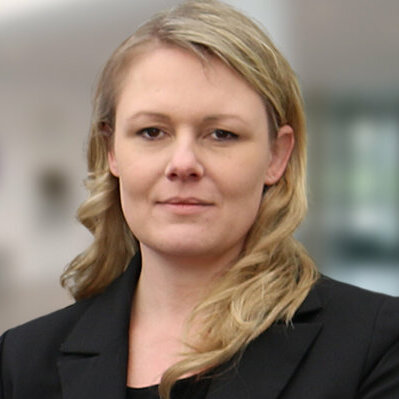
Dr.-Ing. Kristine Bauer
Fraunhofer-Institut für Graphische Datenverarbeitung IGD
Joachim-Jungius-Straße 11
18059 Rostock
+49 381 4024-408
contact by e-mail
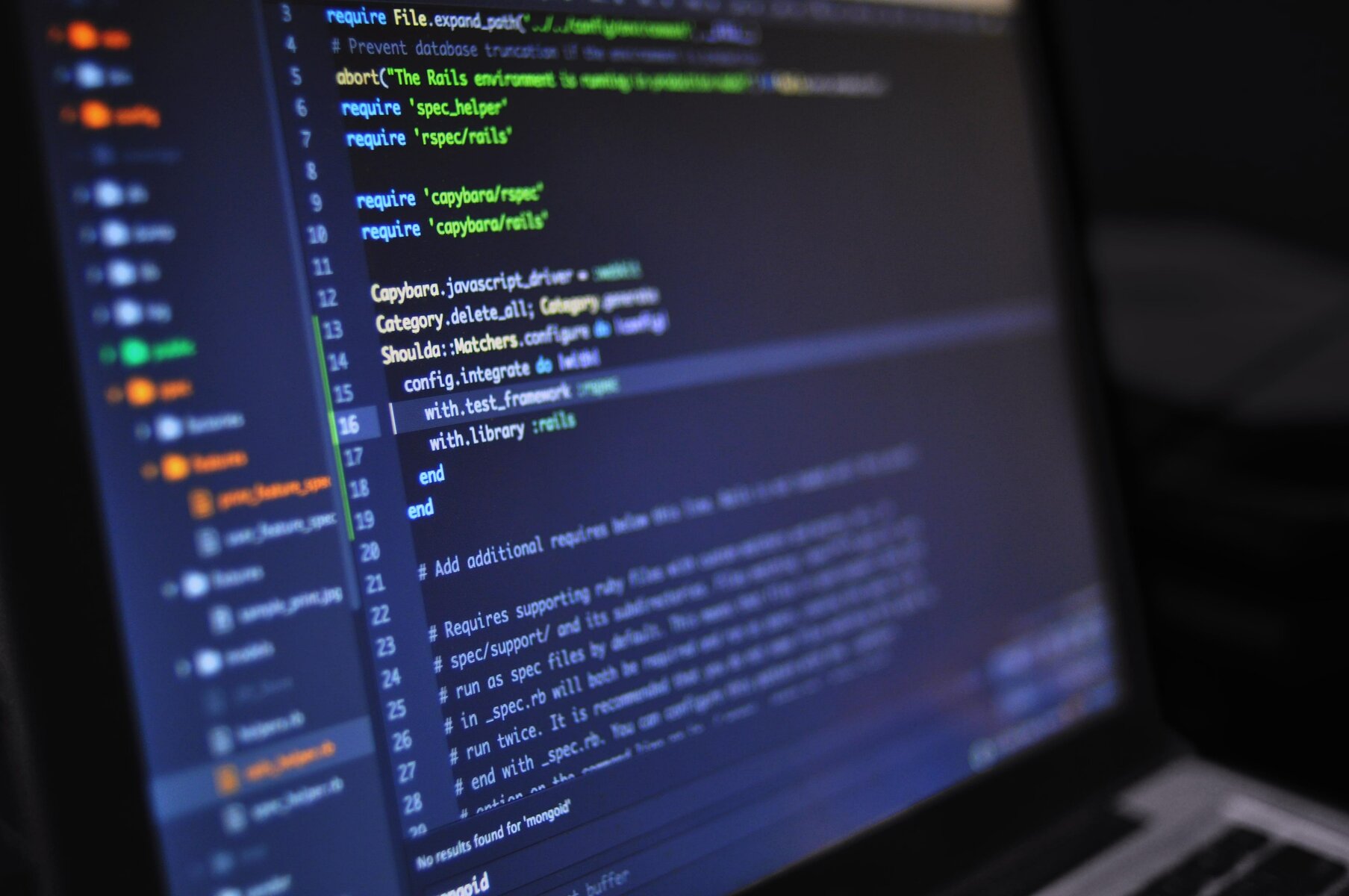
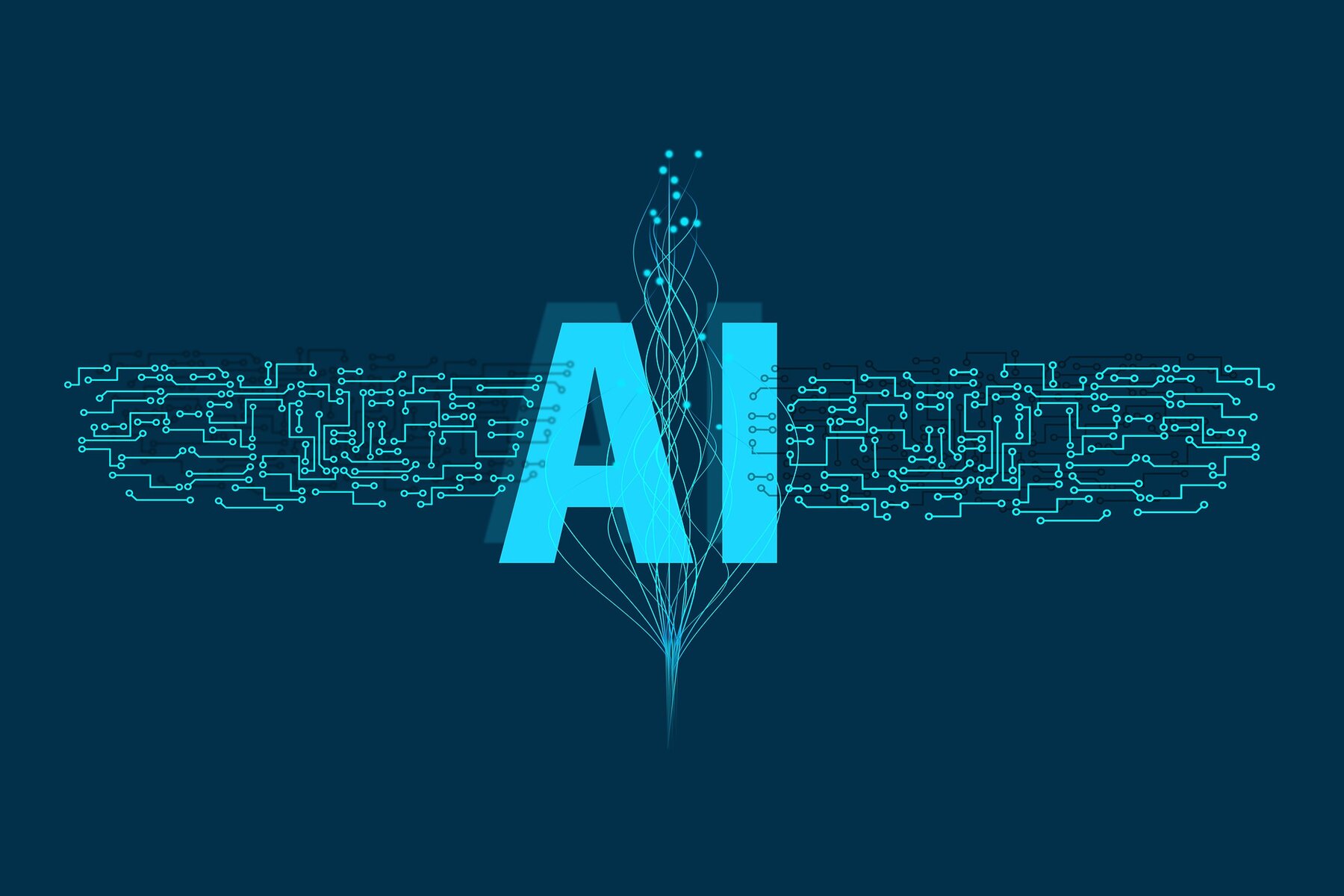
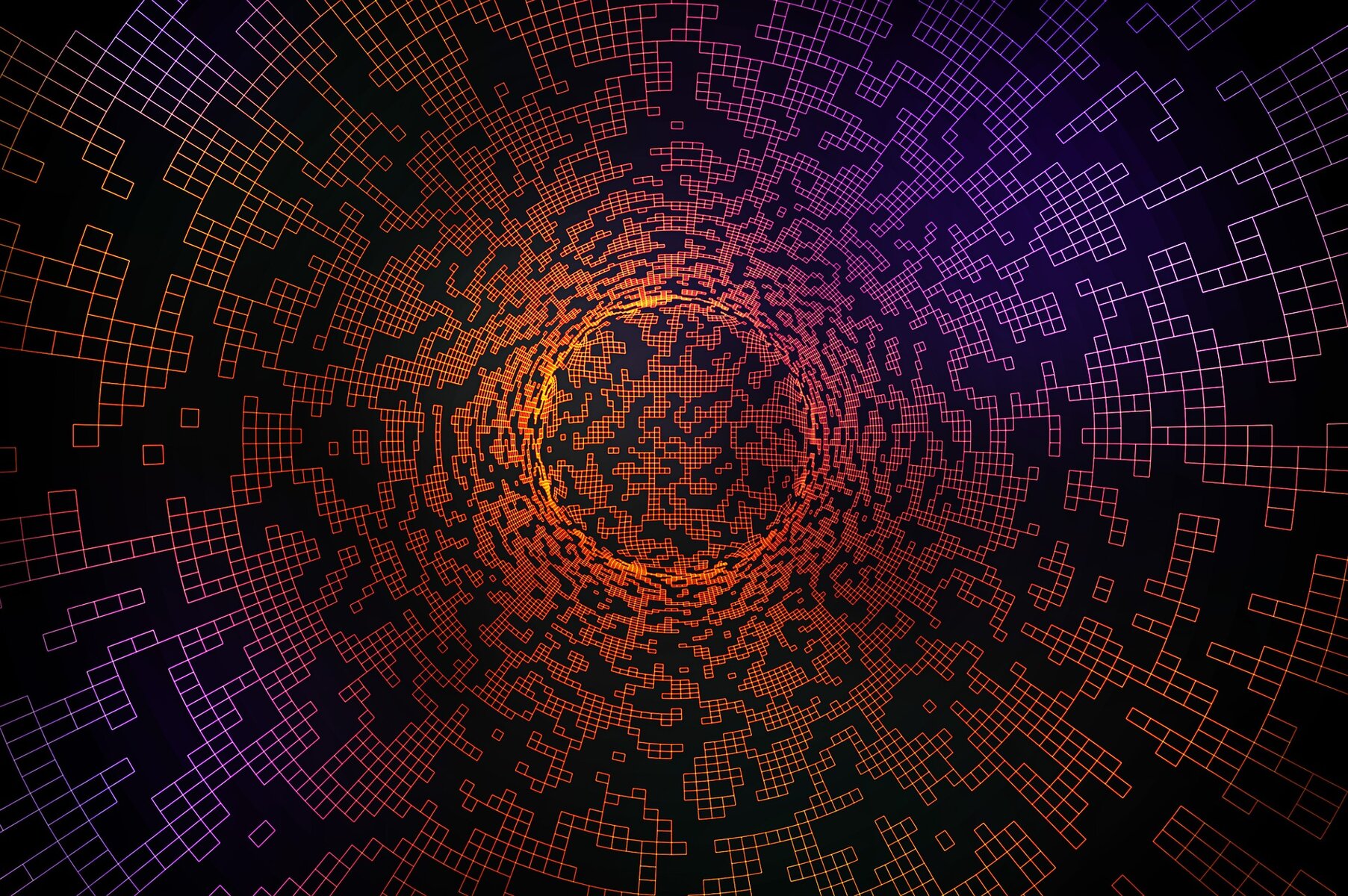
As in most industries, digitization and the so-called “internet of things” are defining developments. Access to high-quality digital data and its efficient evaluation are the basis for the development of new raw materials or even the cost-effective maintenance of underwater structures. As a result, digital underwater technology is increasingly becoming the focus of international players. Market potentials for analytic computing arise, for example, from the trend towards the use of AUVs: without a comprehensive and efficient evaluation of sensor data, the vehicles cannot perceive their environment and successfully carry out missions, as the lack of broadband connection prevents real-time decision-making by remote experts. The flagship project OTC-DaTA is dedicated to the architectural and algorithmic aspects of analytic computing, complemented by the focus projects OTC-STONE in the field of hydrography, OTC-motionProbe for a low-cost digital sensor for wave motion with long lifetime, OTC-SMOC for the simulation of free-hanging submarine cables, and OTC-Tracker for the digital-based process of planning, monitoring, and evaluation of underwater missions.
Virtual digital images (Digital Twin), incorporating contextual data, can help to better understand, predict, and optimize underwater systems and their behavior and deployment. Missions can be planned more accurately and specific use cases can be enabled. Standards related to data markup and service interfaces play a major role here. Important preparatory work is currently underway, particularly in the Data Management WG of the German Alliance for Marine Research and in the context of the national research data infrastructure. The (marine) research solution concepts available in three years are to be expanded and tested for commercial application in phase 2/3. The goal is to build a data economy for the underwater domain - a market that does not exist as of today and is difficult to quantify.
However, an "internet of underwater things" can only be implemented with adequate underwater communications - including the critical factors of range and bandwidth – and an efficient system for storing, processing and analyzing data. AI-based systems can help evaluate and correlate the large amounts of data generated by various sensor systems. Only in this way, underwater vehicles will be able to determine their own geographical position within an underwater network in the future and thus act autonomously in an efficient manner. Optical methods are currently still at the research stage. UW communication is currently being expanded at the University of Rostock and will also be worked on in the future cluster from phase 2 onwards.
Digital data collection is an essential component of almost all underwater missions. In addition to explicit data collection as the purpose of the mission, for example, in the inspection of underwater structures or the digital acquisition of the seafloor, a very large amount of data is also generated during mission control (especially for autonomous vehicles). These heterogeneous, distributed, and large-volume data must be easily combined and interpreted in the context of existing data. An essential aspect is the efficient application of machine learning methods on this data especially of complex data types like 3D point clouds or stereo videos.
The project aims to take a holistic view of the data from both contexts (user data and control data), which has so far mostly been collected and processed separately, and to evaluate it in a uniform system and software architecture. It should also be possible to include external data sources. The framework to be developed must meet the following requirements:
The focus is on a significant improvement in the handling of digital data – especially with regard to AI-supported evaluation, which has been shown to produce very good results in initial underwater applications (preliminary work by Fraunhofer IGD on camera-based fish detection and measurement as well as on the characterization of old ammunition on sonar data).
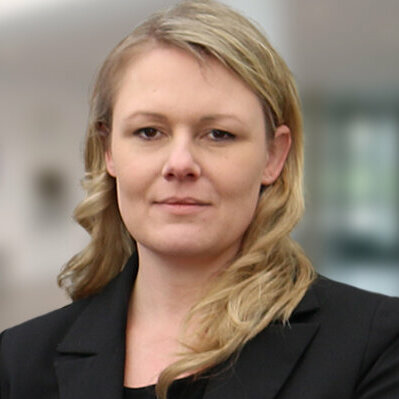
Dr.-Ing. Kristine Bauer
Fraunhofer-Institut für Graphische Datenverarbeitung IGD
Joachim-Jungius-Straße 11
18059 Rostock
+49 381 4024-408
contact by e-mail
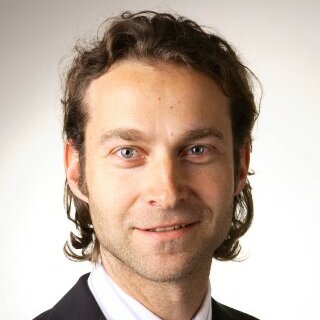
Dipl.-Inf.
Helge Renkewitz
Fraunhofer-Institut für Optronik, Systemtechnik und Bildauswertung (IOSB-AST), Leiter Arbeitsgruppe Unterwasserfahrzeuge
Am Vogelherd 90
98693 Ilmenau
+49 3677 461 170
contact by e-mail
In the OTC-motionProbe project, an autonomous in-situ sensor system for monitoring object motion due to sea state loads will be prototyped and prepared for commercialization. Easy-to-use systems that record and store motion and acceleration as well as orientation and ambient pressure synchronously in time are currently not available commercially or in an academic sense. OTC-motionProbe is intended to provide such a system to easily measure studies of erosion/accumulation of sediment, migration of objects on the seafloor, as well as to measure the motion behavior of structures in sea state, offshore structures, etc. This system should thus enable the recording of measured values over a period of up to 12 months.
The goal of OTC-Stone is to make the mapping of stones on the seafloor effective and objective in order to obtain a reliable and reproducible data basis for various economic and ecological questions. In OTC-Stone, operational software will be developed that automatically locates and measures rocks in hydroacoustic data sets by integrated processing of bathymetric data and acoustic backscatter intensities based on neural networks.
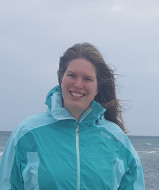
Dr.
Svenja Papenmeier
Leibniz-Institut für Ostseeforschung Warnemünde
Seestrasse 15, 18119 Rostock
+49 381 5197 371
contact by e-mail
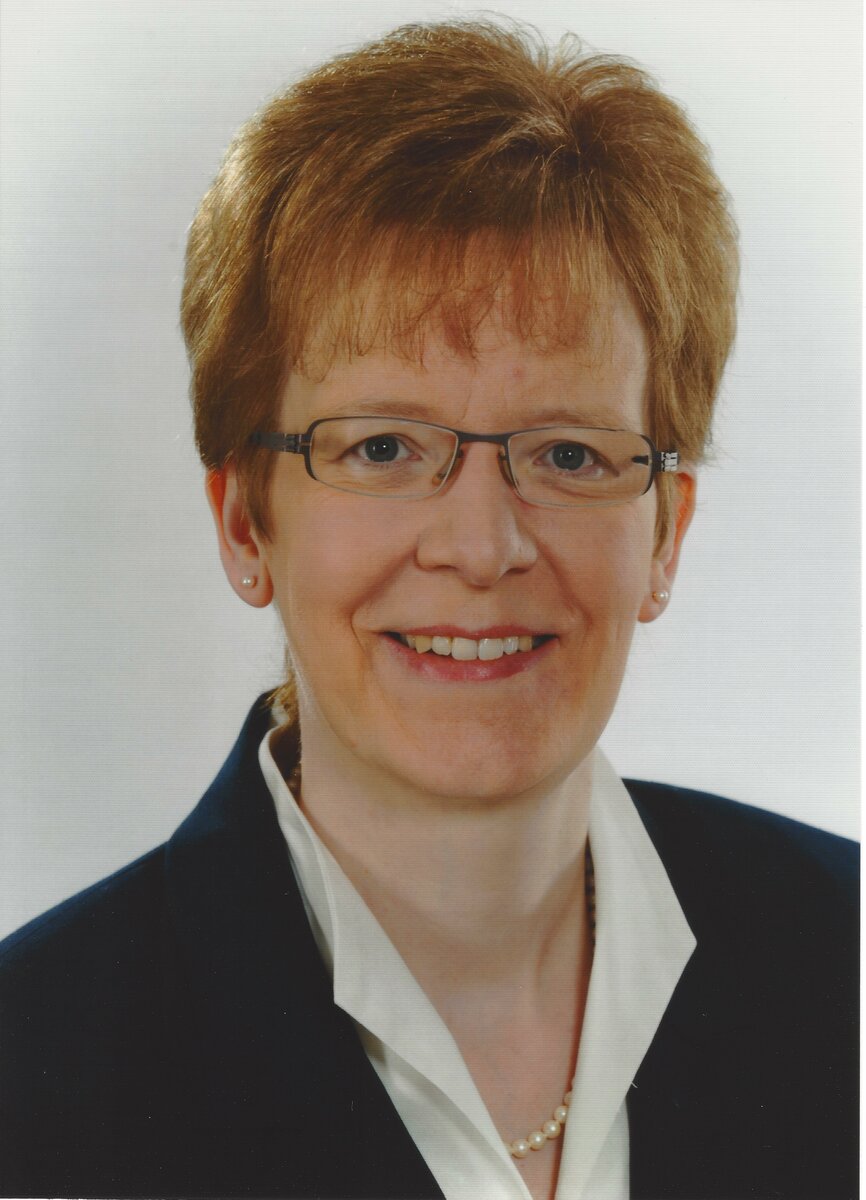
Prof. Dr.-Ing.
Manuela Sander
Universität Rostock, Lehrstuhl für Strukturmechanik (URO-STM)
Albert-Einstein-Str. 2, 18059 Rostock
+49 381 498 9340
contact by e-mail
OTC-SMOC forms the basis for the development of freely suspended UW high-voltage cables that are capable of autonomously monitoring their structural integrity during operation (Structural Health Monitoring - SHM). This enables early detection of motion-induced cable failures and can thus significantly reduce the resulting downtime.
To this end, OTC-SMOC will firstly create suitable tools for computer-aided, transient simulation of cable movement under arbitrary hydrological conditions. On the other hand, a device for conducting component camber tests is being developed in order to be able to investigate cable fatigue experimentally with regard to the damage mechanisms that occur. Based on these results, the fundamentals for a SHM will be developed in the further course, which enables the identification of a critical component fatigue during operation.
High safety and quality standards are characteristic of German suppliers in the offshore and subsea industry. The implementation of these standards has extensive implications for processes, qualification of personnel, and selection and operation of technology. With the gradual replacement of divers in many underwater missions, the currently favored use of remotely operated underwater vehicles and the intended switch to autonomously operating vehicles, mission monitoring is becoming increasingly important. Using mobile sensor technology (cameras, sonar devices, current meters, position data, etc.), it is necessary to comprehensively record and document the environmental conditions as well as the actual implementation of the mission (e.g. inspection of a structure or repair of a submarine cable). For optimal support, a system is to be developed that will
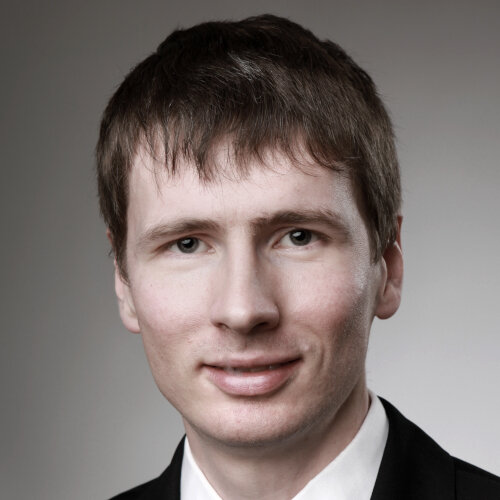
Dr.-Ing. Steve Dübel
Fraunhofer IGD
Joachim-Jungius-Straße 11
18059 Rostock
+49 381 40 24 452
contact by e-mail